7 facts about ESA’s JUICE mission launching this week
12th Apr 2023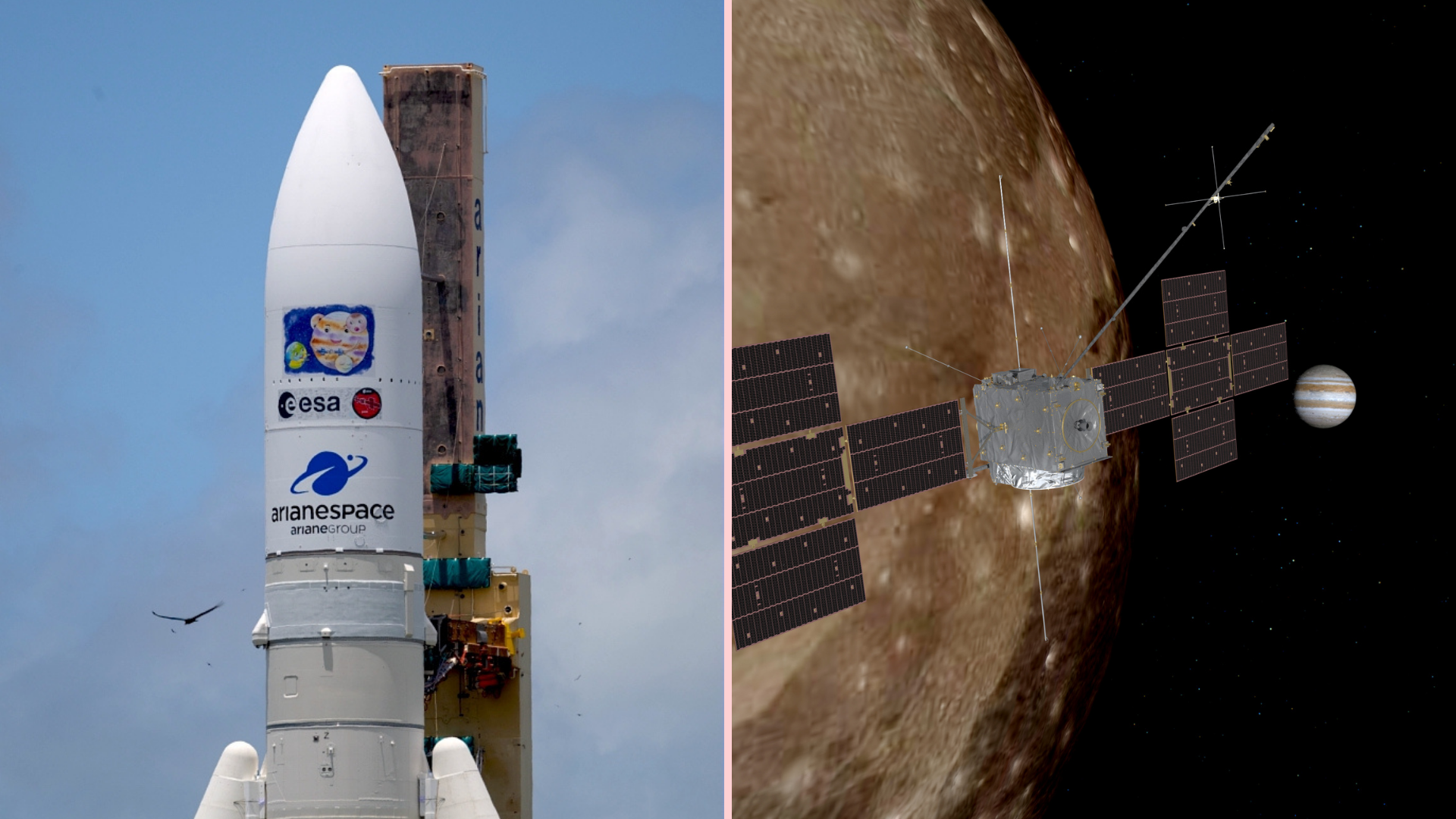
The European Space Agency’s JUICE spacecraft is set to launch over the next few days, and the mission will be achieving several firsts during its journey. JUICE will spend eight years – with the help of several gravity assists – traveling toward Jupiter to study its three largest moons: Ganymede, Europa, and Callisto.
In a pre-launch press briefing on Thursday, 6th of April, ESA, Arianespace, and Airbus officials shared that the launch is still set to occur on the 13th of April as planned, but if any weather prohibits it, an attempt can be made the day after. With the event approaching, here are seven exciting facts about JUICE.
It will mark the last Ariane 5 launch from Kourou
As the space industry awaits the maiden Ariane 6 flight, its predecessor, the Ariane 5, still has work to do. But for ESA, the JUICE launch will mark the end of an era as it will mark the last time the rocket will blast off from the French Guiana spaceport, according to the agency.
The Ariane 5 has been ESA’s rocket workhorse for over three decades, as it blasts off from Europe’s Kourou, French Guiana, spaceport up to seven times a year. While Ariane 5 has a few more launches before it retires, namely in Germany and France, according to an Arianespace official speaking at the briefing, the end of its run at Kourou will be significant, nevertheless.
Rocket art was drawn by an eight-year-old girl
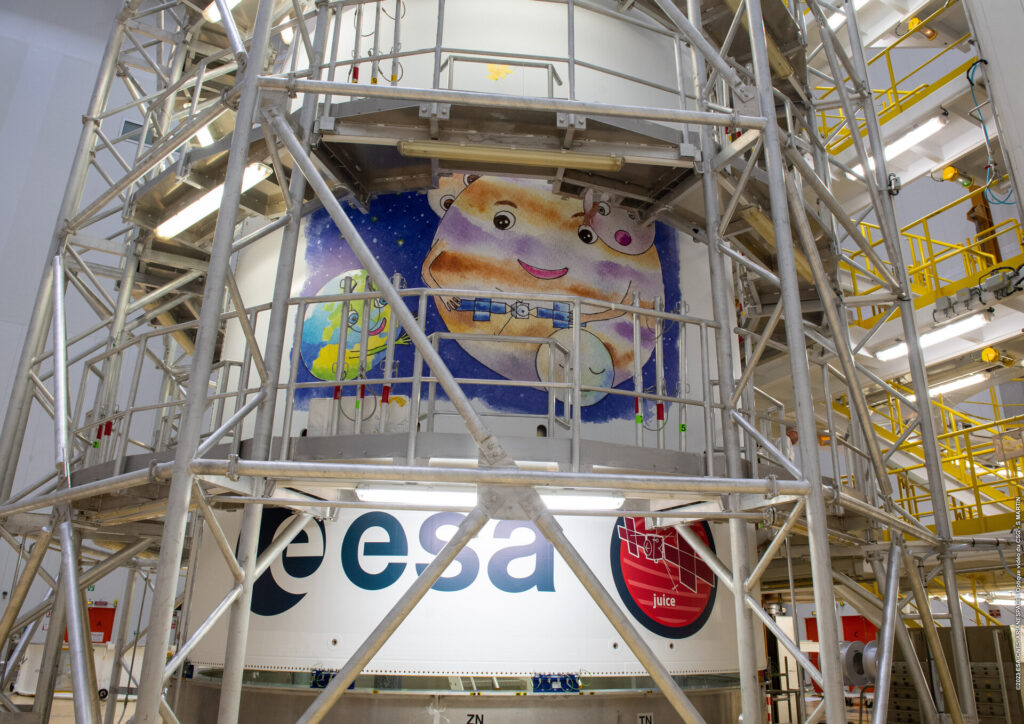
You may be wondering why the art painted on the rocket looks like a child’s drawing, and if you did, you are indeed correct. ESA launched a competition in 2021 for children to submit drawings that would potentially end up on the rocket, and after sifting through 2,600 entries sent by over 60 countries, eight-year-old Yaryna Zakaliuzna from Zhytomyr in Ukraine won the contest.
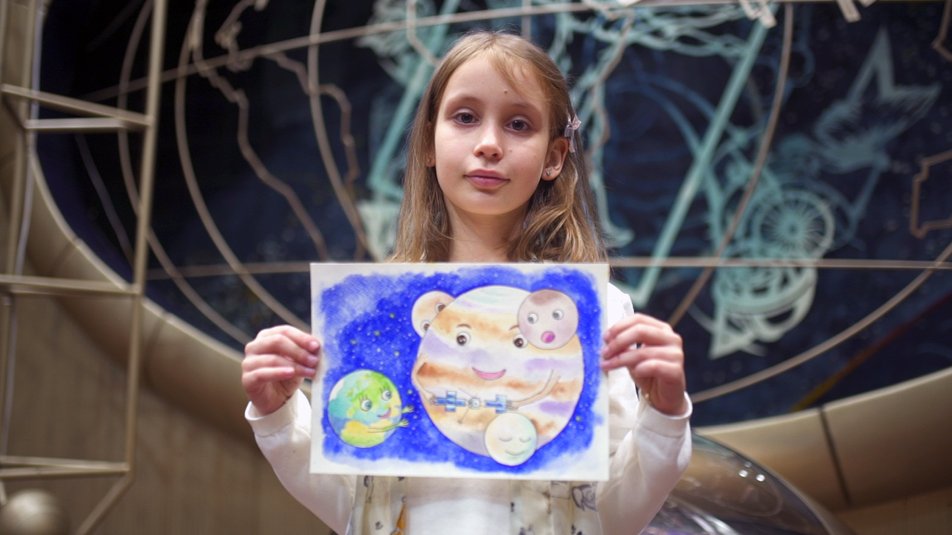
The drawing shows the Earth pushing the JUICE spacecraft toward Jupiter and depicts the planet’s three moons acting excited, scared, and sleepy.
First mission orbiting another moon
While the Earth’s Moon is subject to ongoing exploration, other moons in the Solar System have received less attention in the past. However, JUICE will be the first spacecraft to ever enter the orbit of a moon other than Earth’s. Its primary objective when entering the orbit of Ganymede will be to explore its magnetic field – Ganymede is the only known moon to generate its own magnetic field – explore the hidden ocean, study its complex core, determine its ice content, and learn about its potential habitability.
The closest approach to the Moon will be a 400 km orbit during flybys, and 500 km in orbit. “The baseline is really to reach the 500 km circular orbit. This is where the most exciting science of Ganymede will be done”, Olivier Witasse, JUICE’s project scientist explained at the briefing. However, if the spacecraft has leftover fuel, the spacecraft will attempt to enter a lower orbit of 200km.
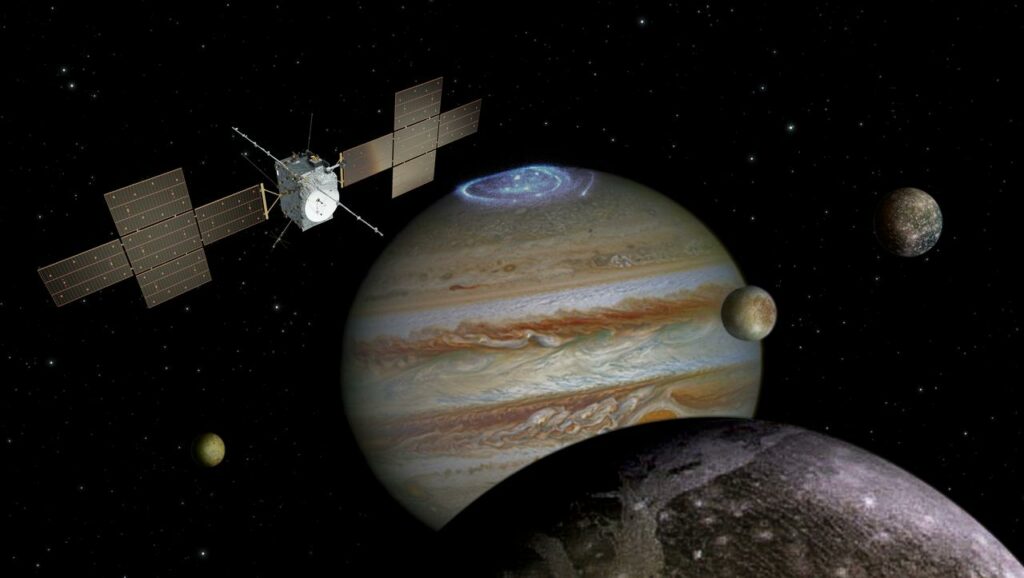
JUICE is built differently than most
While all vehicles launching into space must be built to withstand harsh environments, JUICE was built with slightly different capabilities. Jupiter, with its magnetic field, presents different challenges for JUICE. First, because JUICE will be studying the magnetic fields of Jupiter, any electromagnetic fields generated by the spacecraft itself must not interfere with the sensitive scientific measurements, ESA explains. Therefore, Justin Byrne, head of Science Programs at Airbus, explained the spacecraft needs to be “very quiet”. Byrne said that the teams had to quiet down all motors and make them magnetically clean.
Further, built to endure a high radiation environment, unlike any other spacecraft, “Juice is equipped with shields and special protective vaults to protect its sensitive electronics and enable them to achieve their scientific objectives, and some electronics have also been made radiation resistant,” ESA continued.
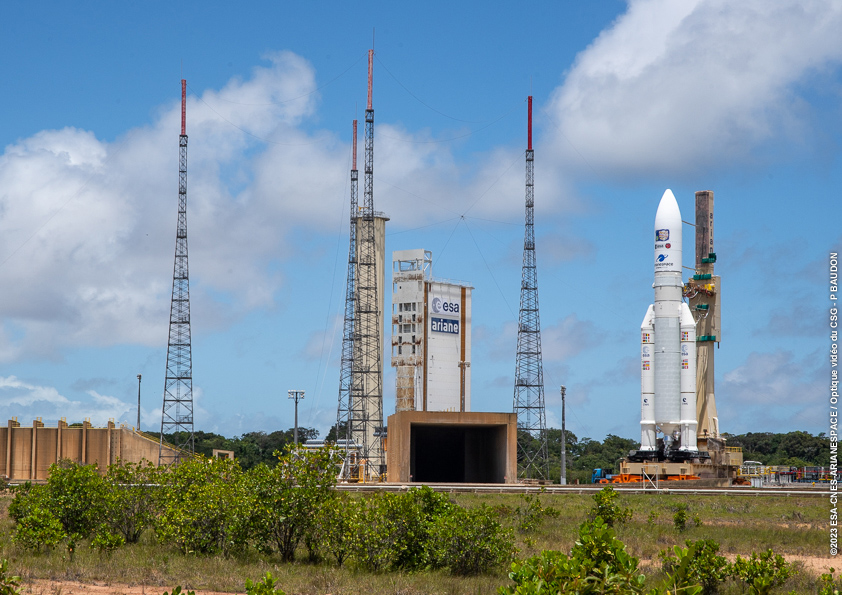
Built to withstand hot and cold environments
Some planetary objects are extremely cold, and others are extremely hot. While you may think that JUICE will be mostly designed to withstand the freezing temperatures of Jupiter, engineers were tasked with the challenge of building the spacecraft to endure both hot and cold, and this is because of its Venus flyby. Venus is extremely hot due to its close proximity to the sun.
The voyage to Jupiter will be long and tricky. Jupiter’s orbits, on average, are about 715 million km from Earth, so it will take 8 years to reach there. Moreover, JUICE will have to navigate beyond the asteroid belt and complete several gravity-assist flybys to maintain speed and reach the planet. JUICE will complete a Lunar-Earth flyby in 2024, a Venus flyby in 2025, and an Earth flyby in both 2026 and 2029 before arriving at Jupiter in 2031.
Payload systems engineer, Alessandro Atzei, explained at the briefing that “there were very conflicting requirements on the [JUICE] thermal design” as it is expected to withstand both hot and cold environments. Atzei explained that the very large shields will act as an “umbrella” or a “solar shield” for the spacecraft against the heat. Further, the JUICE teams created a blanket of novel Multi-Layer Insulation (MLI) to keep the spacecraft’s internal temperature stable.
Largest solar arrays
Solar arrays are integral to the longevity of spacecraft. They are built to keep the instruments of spacecraft going by utilizing the sun’s energy and converting it to electricity. In fact, JUICE will have the largest ever solar arrays built for an interplanetary spacecraft, measuring 27 meters from tip to tip. The solar panels will be shaped like two wings in a cross-like formation, and while they are large, they will fold up neatly inside the rocket and then will deploy as JUICE begins its journey.
According to ESA, the wings are made up of ten 2.5 x 3.5-meter panels, with a total area of 85 square meters, and 23,560 solar cells. In comparison, the James Webb Telescope operates a six-meter, 20-foot solar array.
JUICE to complement Europa Clipper
Similar to JUICE, NASA’s Europa Clipper will study Jupiter’s Europa moon and investigate whether its icy surface could have conditions suitable for life. It is set to launch in late 2024 and will also complement JUICE. “With Clipper, we focus on Europa, while JUICE focuses on the rest of the system with the focus on Ganymede, so there is no real competition between the two nations,” said Olivier Witasse at the briefing. “In terms of joint opportunities, we are already discussing what we can do together… we have studied the trajectories in the system and can see we can do great science at Europa”, Witasse continued.
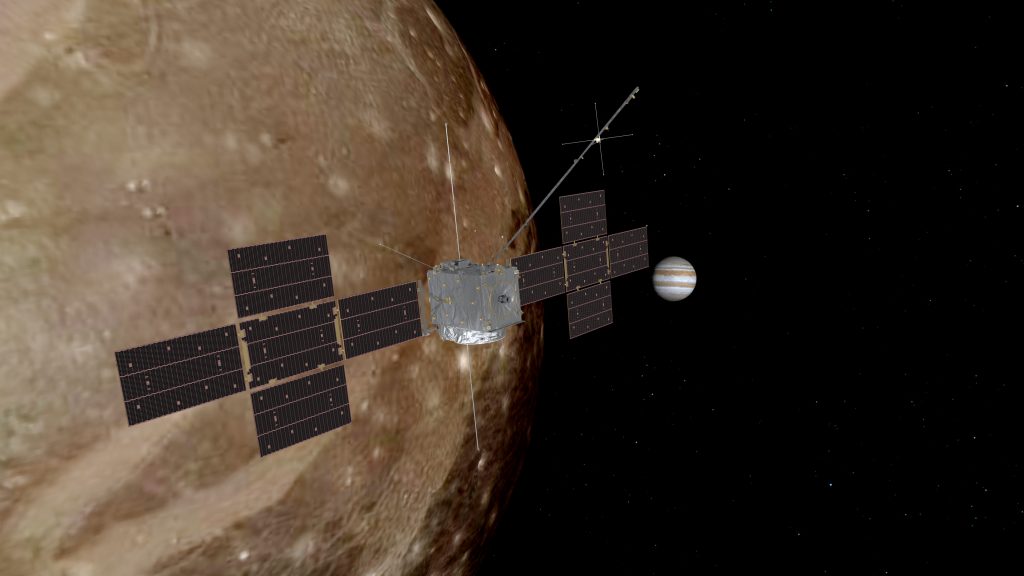
The project scientist also said at one point Clipper will complete a flyby of Europa hours before a flyby from JUICE, which will aid the two agencies in studying the moon’s plasma and magnetosphere environment more closely.
An ambitious mission like JUICE will be abundant in scientific discovery, but it is clear the teams have already broken several records before the spacecraft even launches. More details to come about how and when you can watch JUICE take off for Jupiter.

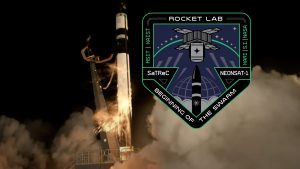
![ESA’s JUICE Mounts Onto Ariane 5 Ahead Of Launch [UPDATED] ESA’s JUICE Mounts Onto Ariane 5 Ahead Of Launch [UPDATED]](https://orbitaltoday.com/wp-content/uploads/2023/02/ariane-5-juice-mission-300x169.png)

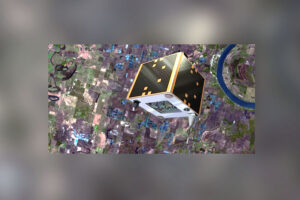

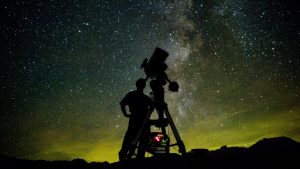
Thank you for your comment! It will be visible on the site after moderation.